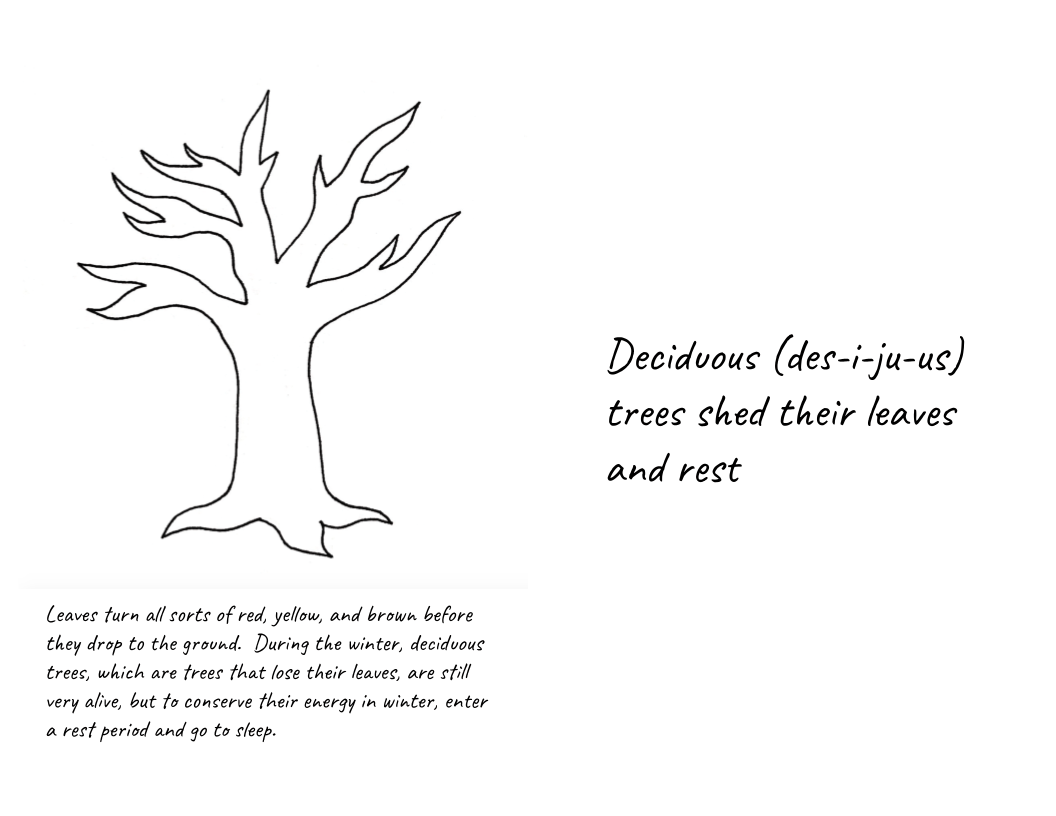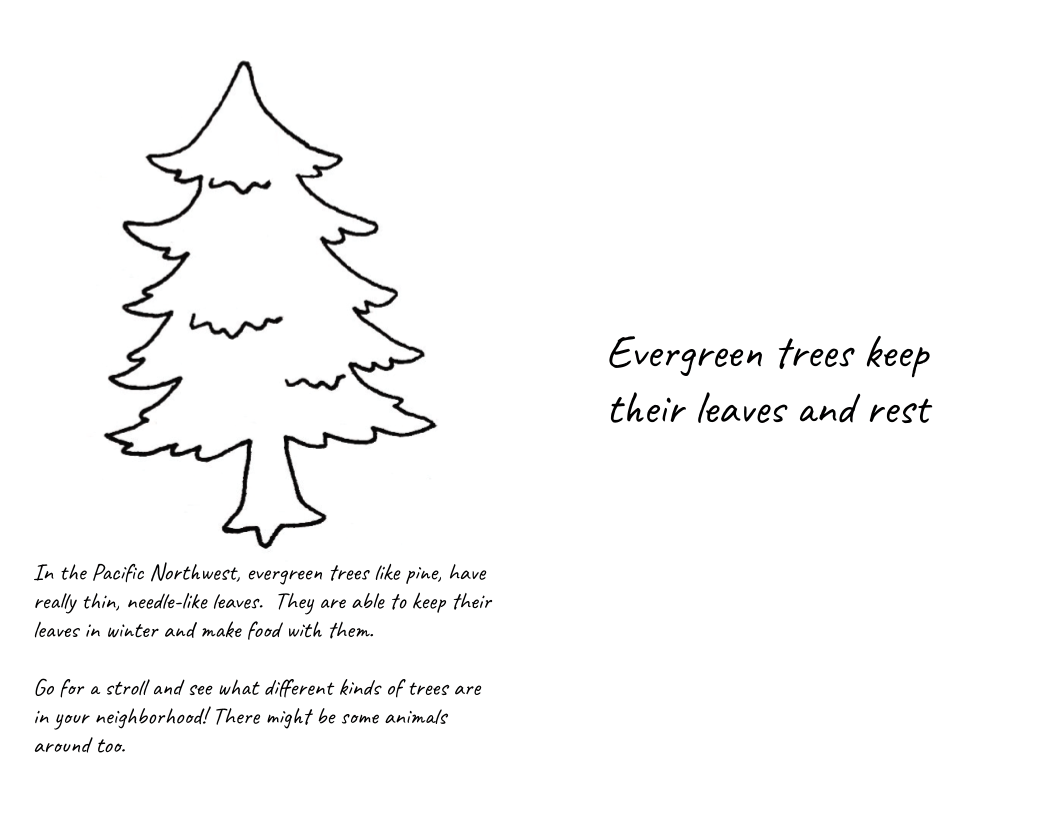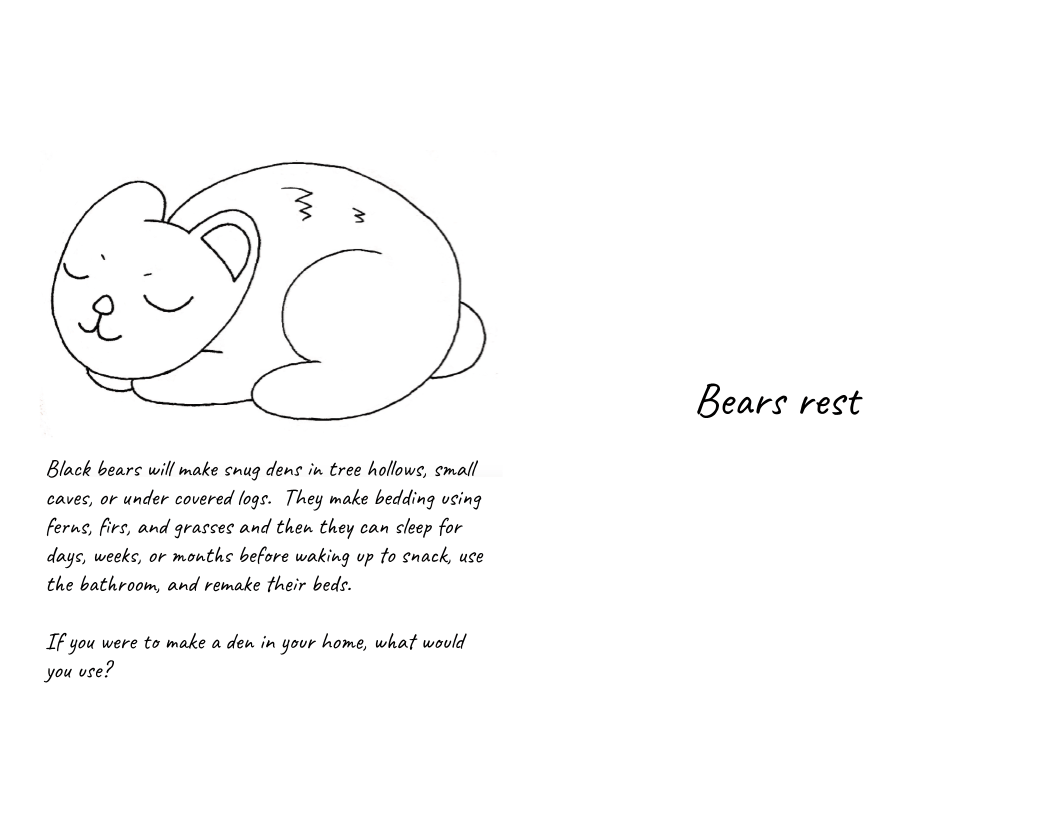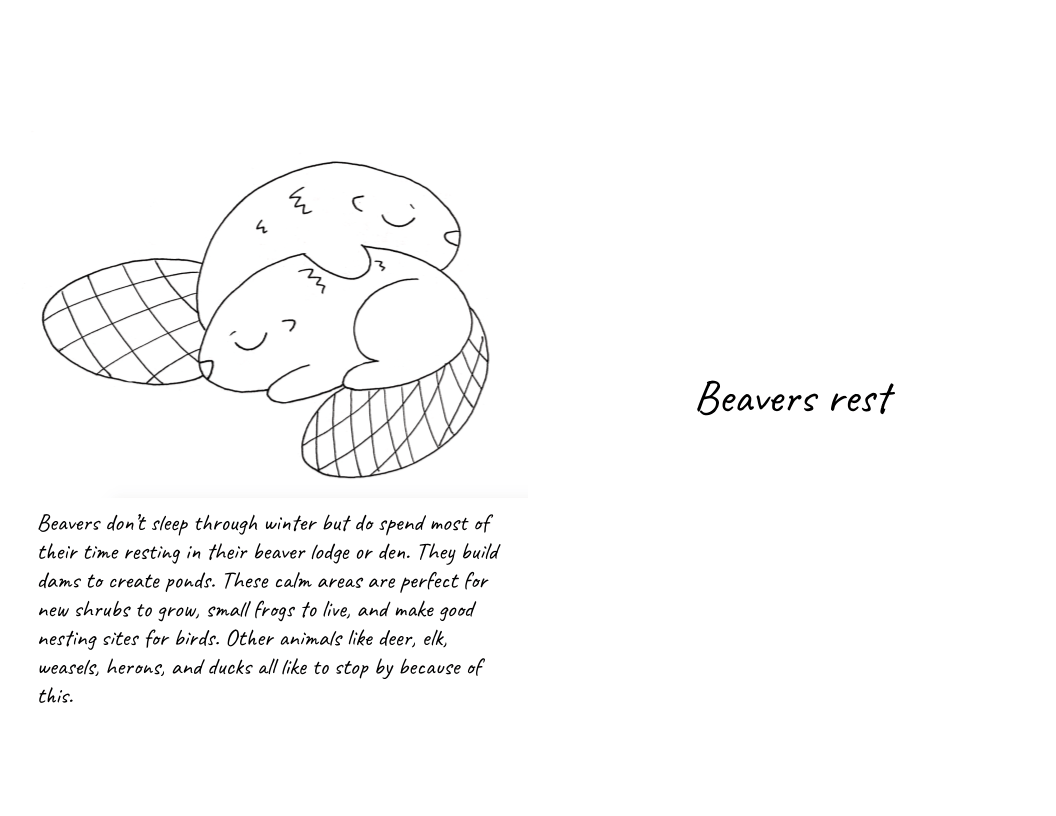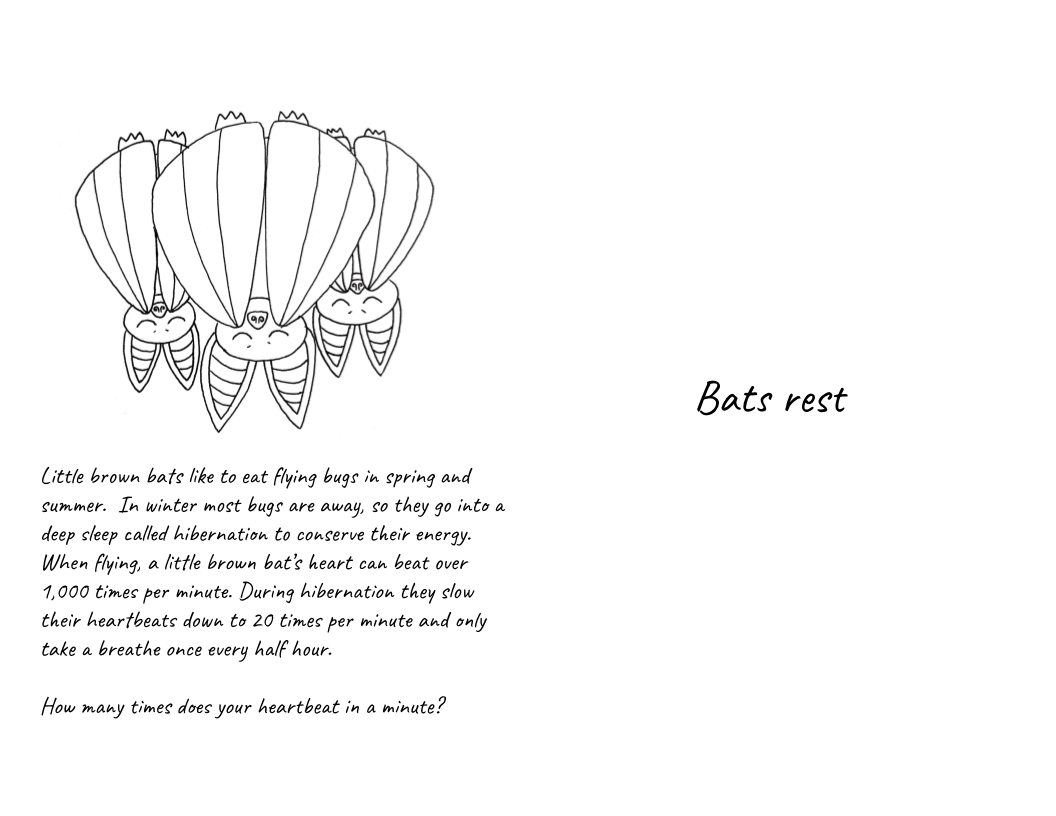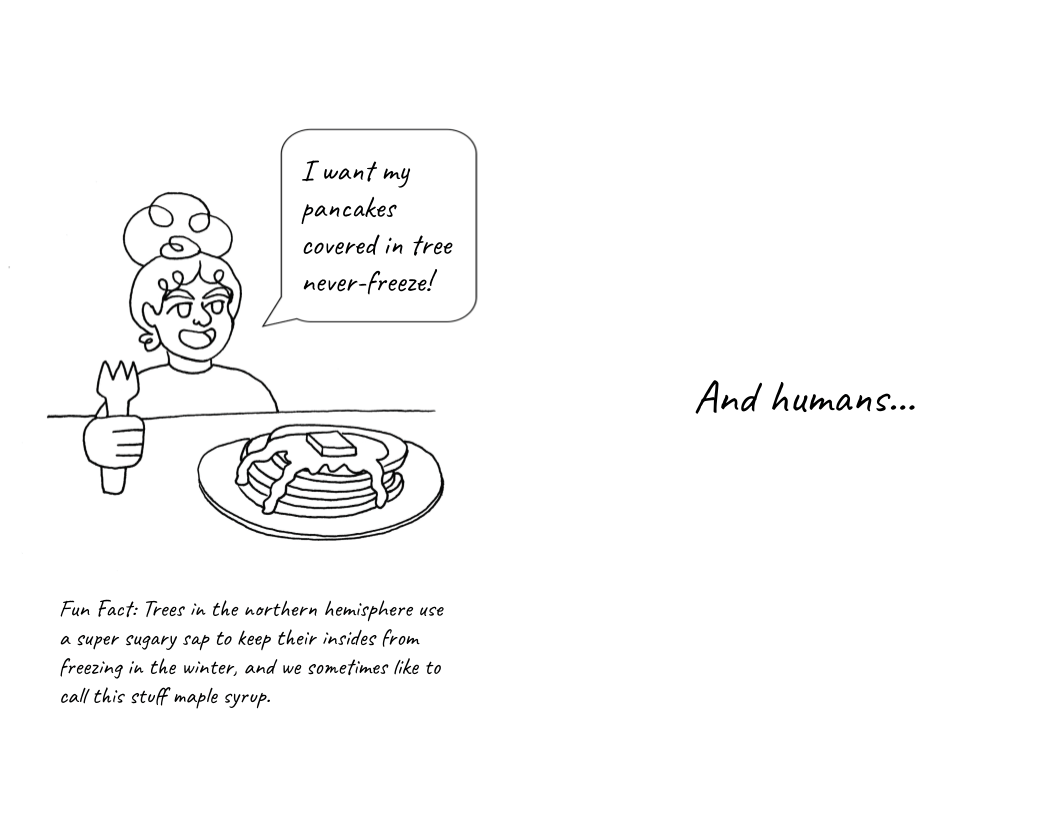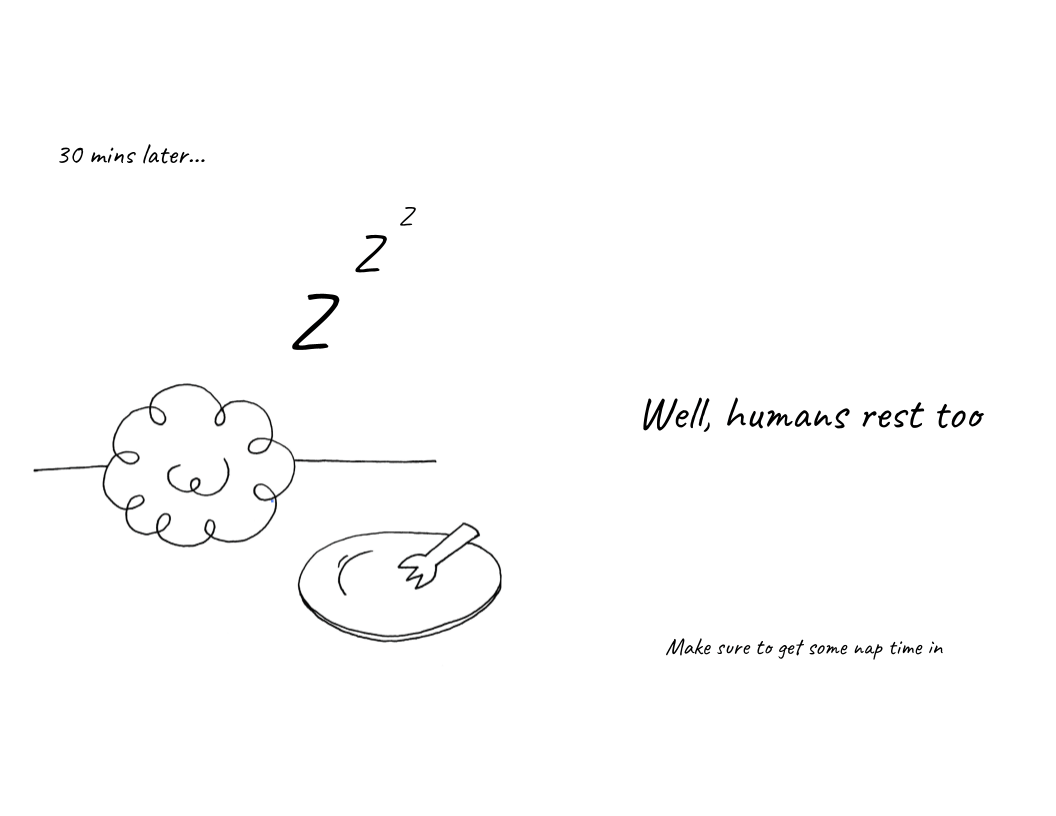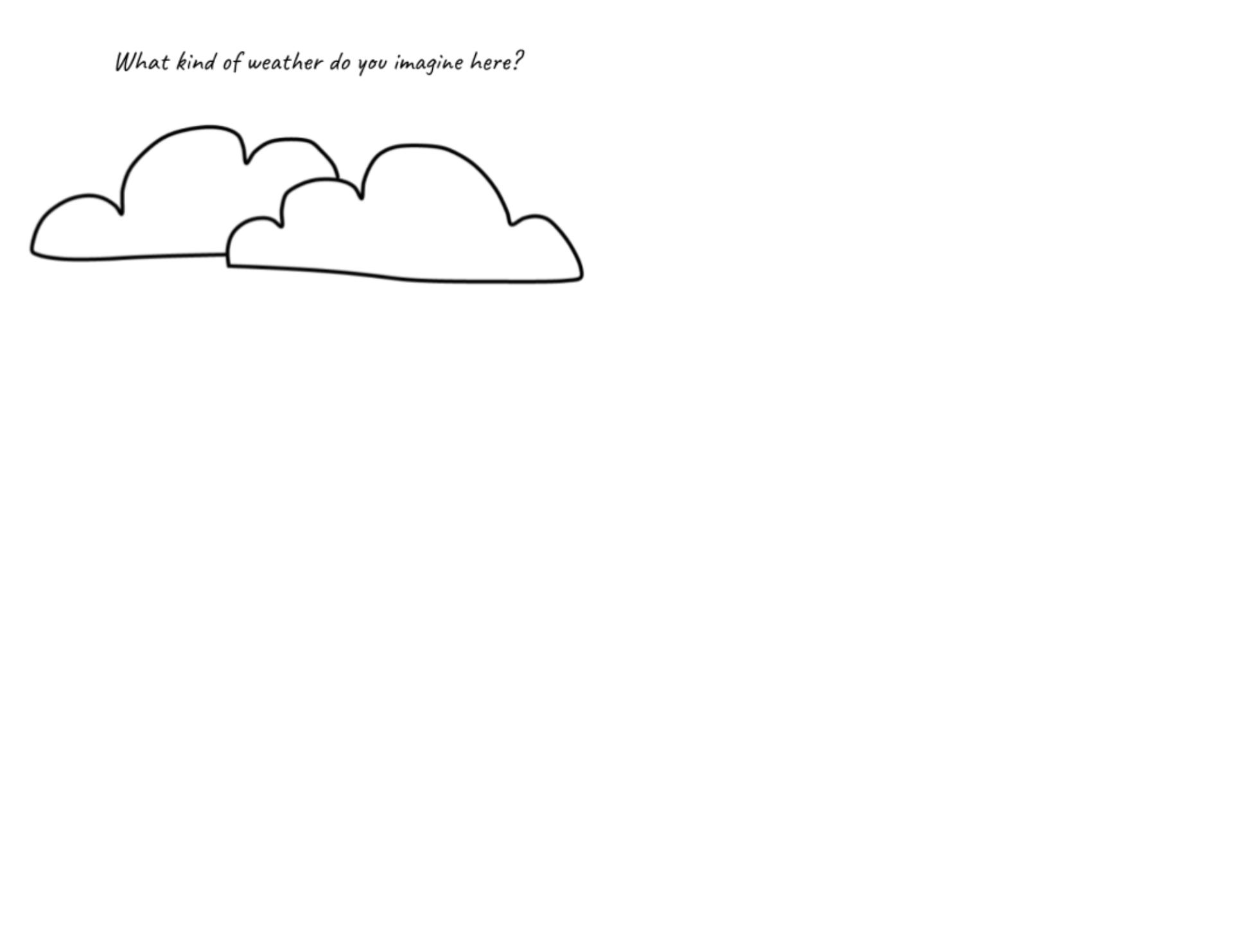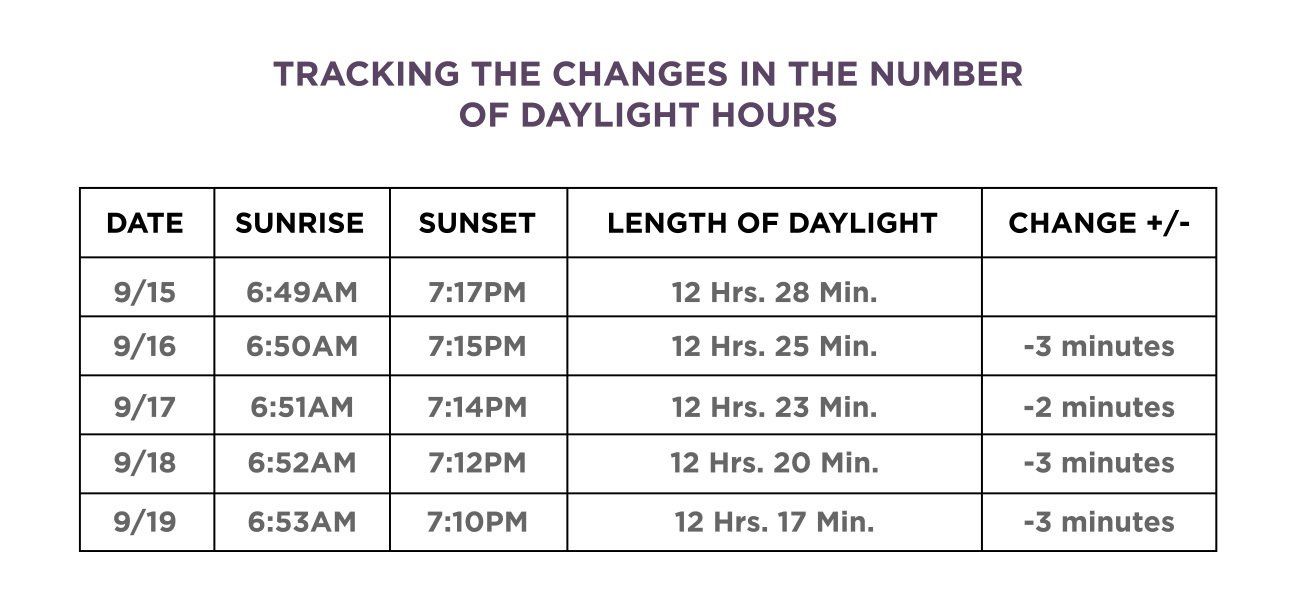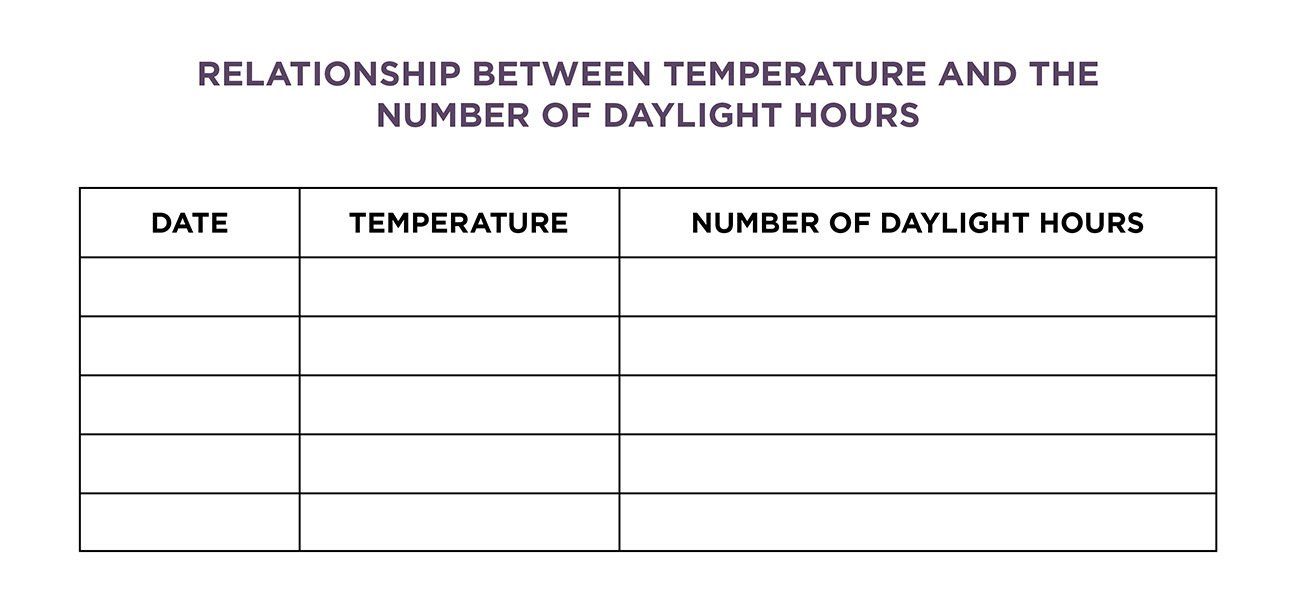It's Winter time and trees have lost their leaves. Many animals have gone into hibernation. This seemingly uneventful period could be considered a dormant period but there is much more at work than meets the eye.
WHAT HAPPENS TO TREES IN THE WINTER?
IS IT A FIR, PINE, OR SPRUCE?
Watch the video below to learn how to identify different types of trees.
DO YOU KNOW THE TREES BY NAME?
Trees are an important part of life here. They are stewards of the air, water, and soil. They also provide protection and food to creatures small and large. Trees teach us how to be good stewards of the land, as that is our responsibility to do too. Getting familiar with the names of different trees is important in building your relationship with them! Go out and see if you can identify some different types of trees. Say hi to them and be sure to give thanks.
Optional: Bring a notebook with your notes from the video above to help you identify and draw out the trees.
Join one of the Tacoma Tree Foundation walks to learn more about the trees of Tacoma. Click here to check it out
Check Out Our Zine!
Learn about how different creatures rest this season.
CEDAR STORY
Western red cedar has a long relationship with the Coast Salish people.
The Winter is a wonderful time to observe the world around us, including the phases of the moon.
Storyreading: About the Moon
TREEHOUSE MEDITATION
The practice of meditation will help you relax and connect to yourself and nature.
LENGTH OF DAYS & THE AFFECT ON TEMPERATURE
Track the number of daylight hours and temperature to see how they are related. Below are two charts that you can recreate in your notebook, or print out, to start tracking length of days and temperature change. The first chart shows you how to calculate the number of daylight hours in a day and the second chart helps you keep track of the affect daylight hours have on temperature.
Figuring out the amount of daylight hours is easy. You just need to figure out when sunrise is and when sunset is and then add up the hours and minutes in between them. You can find out sunrise and sunset each day by performing a Google search or by looking at weather apps.
Now that you have the number of daylight hours, you can track the temperature and find out how they are related. Is the temperature going up with the amount of daylight hours? Is it going down? Track it for awhile to get a better understanding of how their relationship works!





